Description
Product Model: D201466
Product Brand: Metso (Valmet / Metso Automation)
Module Type / Role: Digital Input Module
Key Features (from vendor sources):
- Functions as a digital input module, receiving discrete field signals (e.g. switches, contacts) and converting them for processing in the control logic.
- Suitable for applications such as temperature monitoring, flow switching, or digital control states in industrial process systems.
- Rated for a wide operating temperature range (–40 °C to +85 °C) in at least one supplier listing.
- Commonly sold in industrial parts / automation supply markets as a replacement or spare module.
- D201466
Role & System Fit
In a typical industrial DCS or automation rack, the control system must sense not only analog values (temperatures, pressures, flows) but also discrete conditions—e.g. limit switches, alarm contacts, valve open/closed states, safety interlocks, etc. That’s where digital input (DI) modules come in. The Metso D201466 is one such DI module: it accepts discrete on/off signals from the field and presents them to the CPU or logic bus in a digital form.
Vendor catalog descriptions list it as a digital input module that “converts analog signals into digital” (though that is likely a generic description) More precisely, it takes discrete signals and interprets them for logic. In some descriptions, the module is also described for “temperature monitoring” in the sense that digital thresholds or alarms might be used in a temperature control loop (e.g. over-temperature alarm)
Because many modern automation racks are modular, D201466 would slot into a backplane or bus base alongside analog input modules, analog outputs, digital outputs, communication modules, etc. Its digital input channels serve as the eyes into the binary world of field devices.
One supplier indicates a robust environmental spec, listing an operating range from –40 °C to +85 °C, suggesting use in harsh industrial environments. This is higher than many standard modules, hinting that D201466 may be used in field enclosures, outdoor panels, or hot / cold environments.
While the descriptions aren’t deep, based on its class you’d expect:
- Support for standard digital input voltages (e.g. 24 V DC, contact closure)
- Some level of input conditioning (debounce, filtering)
- Diagnostic checks (open circuit, short circuit detection)
- Isolation between field inputs and internal logic
Given that D201466 is listed in industrial spare part catalogs, it is likely a legacy or replacement module.
Technical Features & Benefits
Here is a breakdown of inferred technical features, along with observed vendor attributes and pragmatic expectations for a DI module of this class.
Discrete Input Channels & Conditioning
- The module likely supports multiple digital input channels (e.g. 8, 16), though vendor sources do not explicitly state the count. Many DI modules in similar systems provide 8 or 16 channels.
- Each channel probably includes input filtering or debounce logic to reject short transients or bounce from mechanical switches.
- Input circuits may support 24 V DC or contact closure logic (i.e. either sourcing or sinking) depending on system design.
- Diagnostic detection of wiring faults (open / short) would help maintenance identify bad wiring or field device issues.
These features help ensure reliable reading of discrete status signals in noisy industrial settings.
Environmental & Temperature Support
- As previously noted, –40 °C to +85 °C is cited in one listing for D201466. This is a broader range than typical modules, enabling use in challenging field conditions (e.g. outdoor enclosures, extreme heat/cold).
- The module is described in some catalogs for temperature monitoring applications (i.e. raising alarms when thresholds are crossed) While that is a usage scenario more than a spec, it suggests the module may be trusted in control environments that involve temperature control.
Reliability & Market Position
- D201466 modules are offered in surplus / industrial parts supply networks, with one listing promising a one-year warranty in the supply advertisement.
- Because it is treated as a replacement / legacy part, many users may rely on such modules in older control systems where original OEM modules are obsolete or hard to obtain.
The combination of a robust temperature range and legacy support positions D201466 as a good candidate when maintaining older DCS or control systems in harsh environments.
Technical Specifications Table
Because detailed official specifications are not well published, the following table blends known vendor data and reasonable assumptions. Use it for guidance only, not as guaranteed values.
| Parameter | Value / Range (Inferred / Vendor) | |
|---|---|---|
| Model | D201466 | |
| Module Type | Digital Input (DI) Module | |
| Input Type | Discrete (digital) signals | |
| Operating Temperature | –40 °C to +85 °C | |
| Usage / Application | Temperature monitoring, flow switching, discrete logic | |
| Diagnostic Features | Likely open/short detection, input filtering | |
| Supply / Logic Voltage | Not publicly listed | |
| Channel Count | (Not confirmed) | |
| Warranty / Availability | 1 year (vendor), spare market |
Installation & Maintenance Insights
Based on field experience and the module class, here are some practical tips when using D201466.
Mounting & Physical Setup
- Insert module into the I/O base or rack securely, ensuring backplane alignment; any misalignment can lead to intermittent digital readings.
- Allow clearance around the module for cooling, especially given its wide temperature rating—heat build-up could degrade performance or lifespan.
- Avoid mechanical stress or vibration that can loosen terminals or connectors over time.
Wiring & Signal Integrity
- Use shielded, twisted-pair cabling for digital input circuits, particularly when inputs are long runs or run near power wiring.
- Properly terminate shields (typically at one end) to avoid introducing ground loops or noise.
- Maintain separation between analog, digital, power, and communication wiring to reduce cross-talk.
Commissioning & Testing
- Apply known discrete signals (e.g. 0 V, +24 V, contact closure) to each channel and confirm correct detection in the control system.
- Check for bounce or chatter; if present, adjust or ensure debounce/filter behavior is adequate.
- If diagnostics are available, check for wiring fault indications (open, short) during commissioning.
- Monitor behavior over temperature cycles—if digital readings change or fail under extreme ambient temperature, that may indicate marginal module health or wiring issues.
Spares & Lifecycle Planning
- Because D201466 is often treated as a spare / legacy module, keep at least one tested spare for downtime mitigation.
- Label spares with revision, test data, and channel mapping for easier swap-out in emergencies.
- When replacing, match connector type, base orientation, and verify logic voltage to avoid damaging the module or other I/O.
Fault Diagnosis Strategy
- If a channel is stuck or shows erratic behavior, first check wiring, connectors, and field device (loose contact, intermittent switch).
- If multiple adjacent channels fail, suspect module-level issues such as power, internal logic, or backplane fault.
- When replacing, verify the spare offline with test inputs before putting into service.

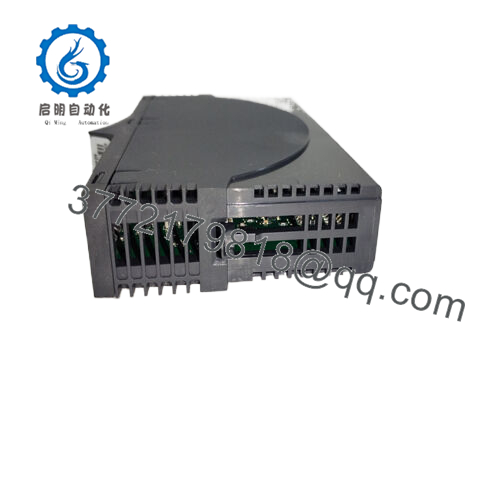
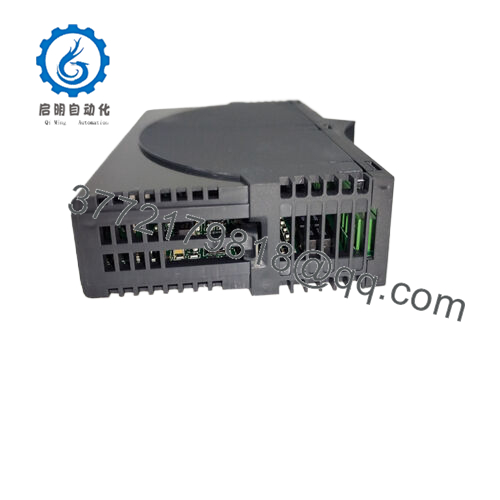
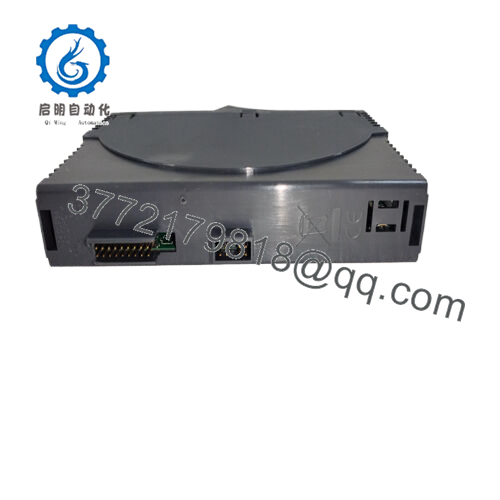
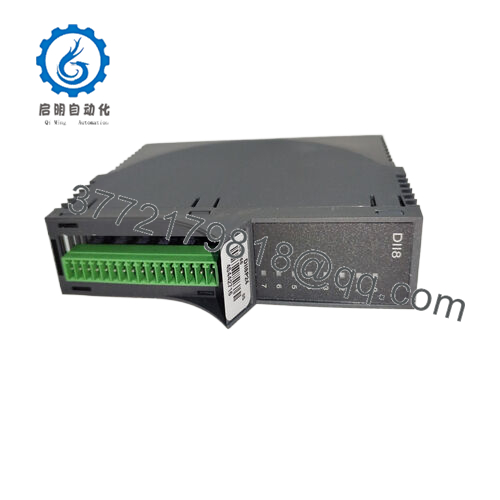
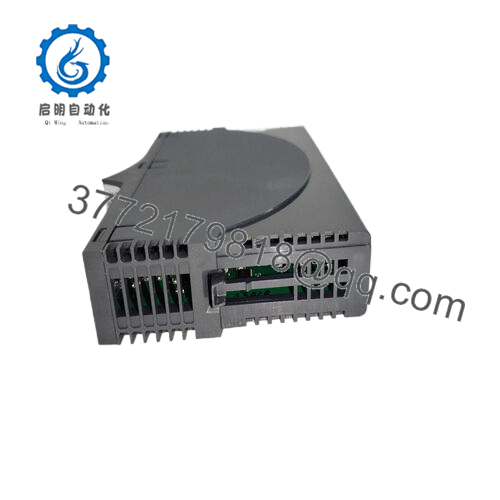
 WhatsApp: +86 16626708626
WhatsApp: +86 16626708626 Email:
Email:  Phone: +86 16626708626
Phone: +86 16626708626


